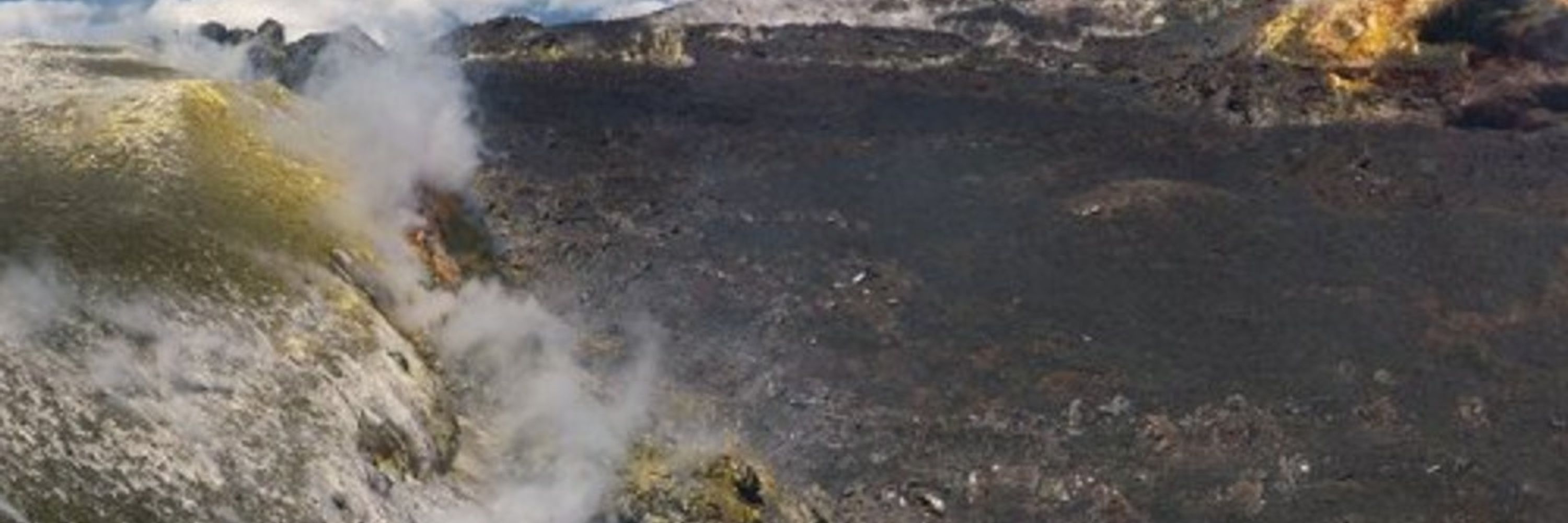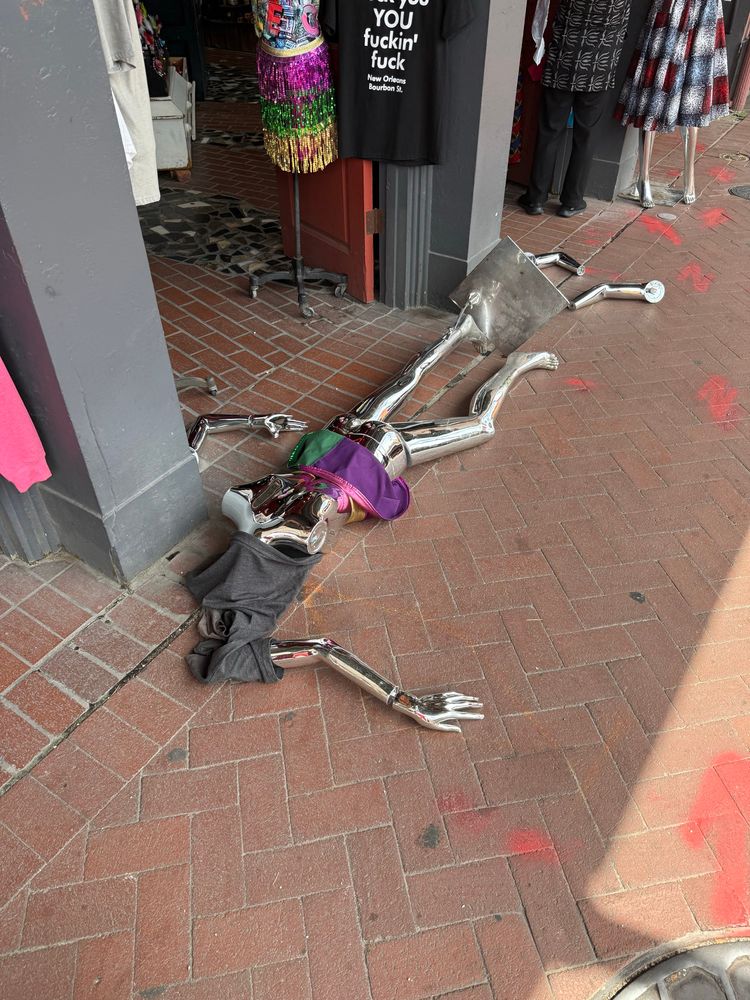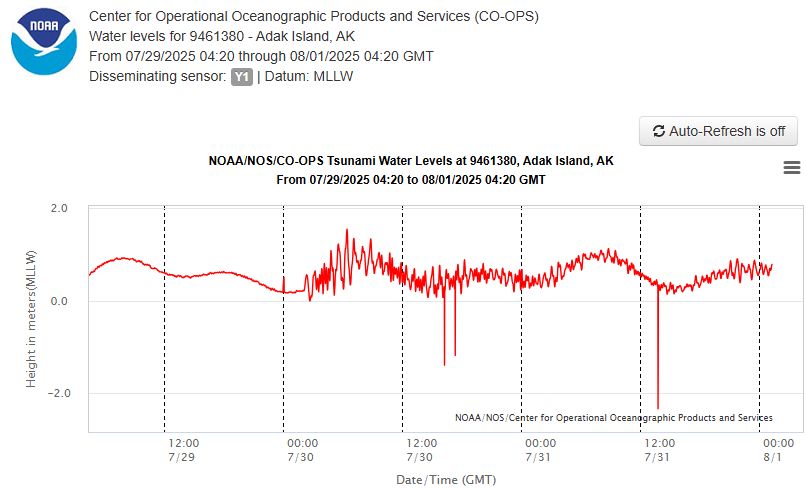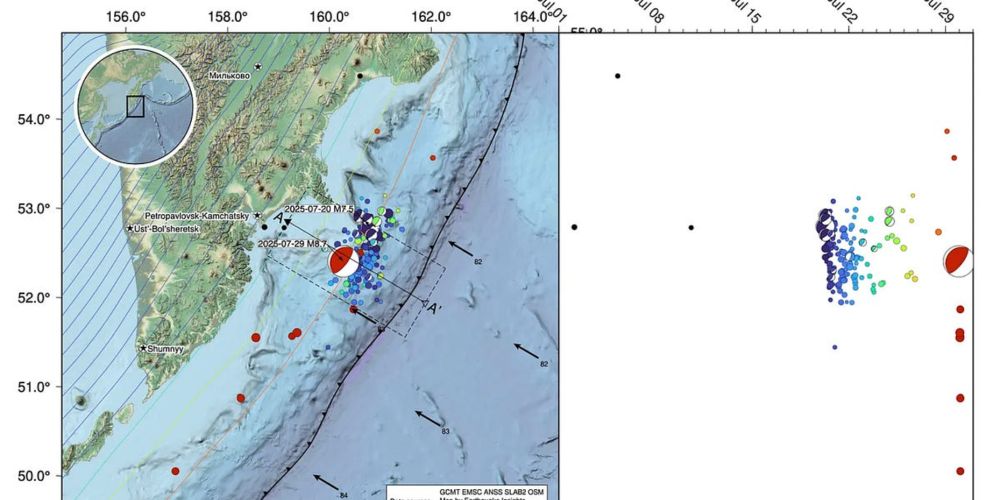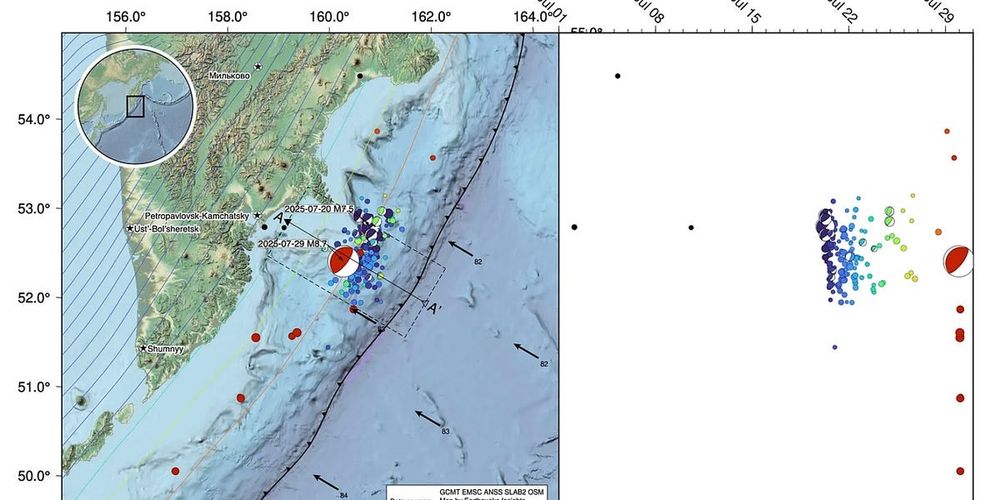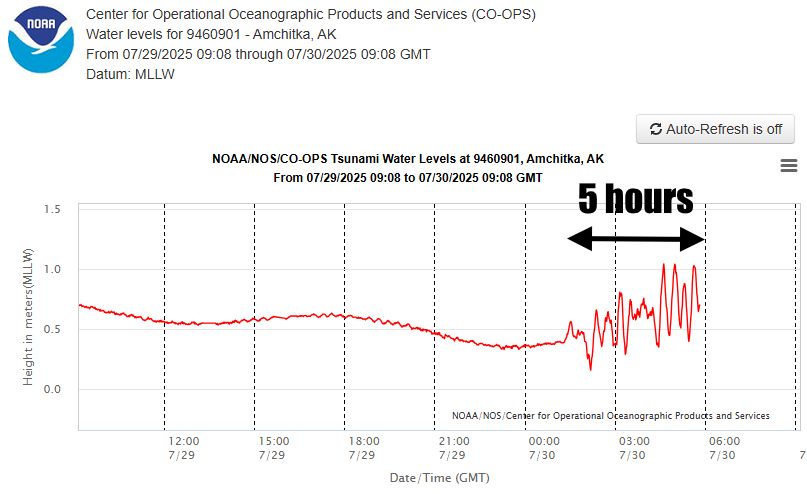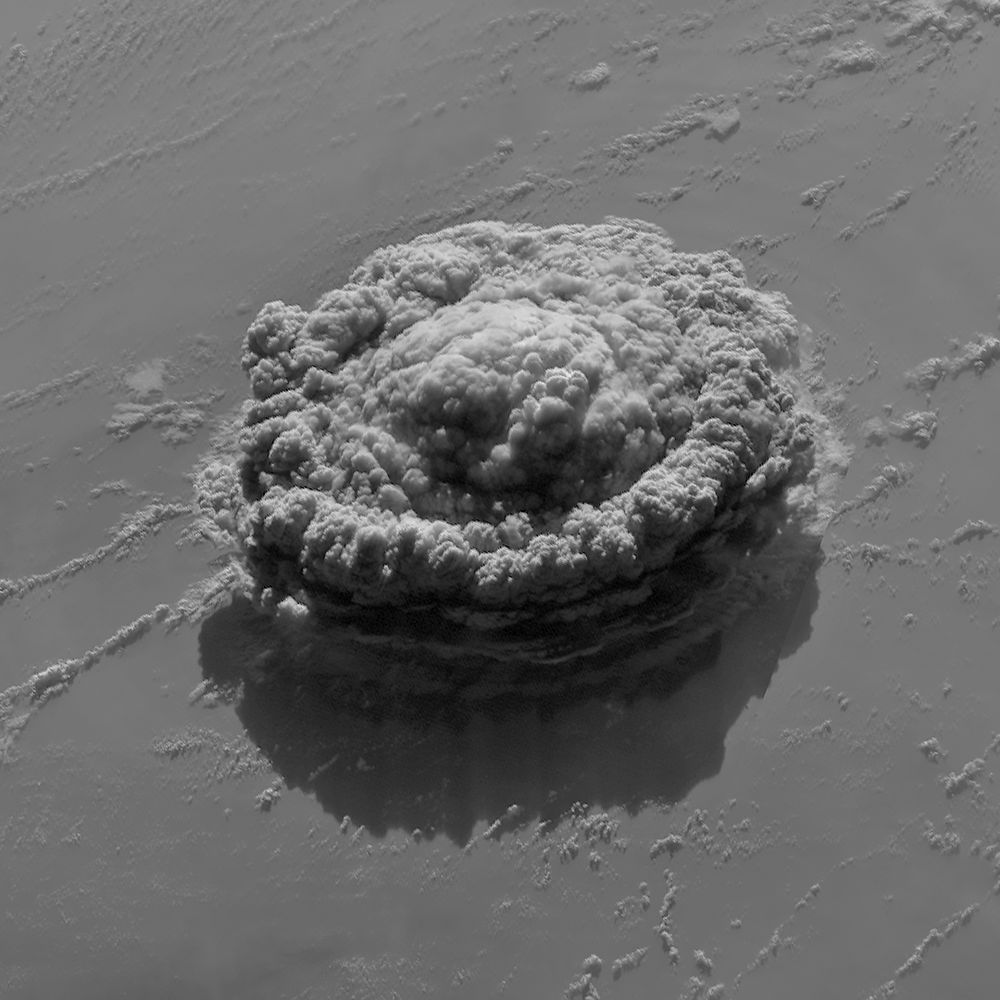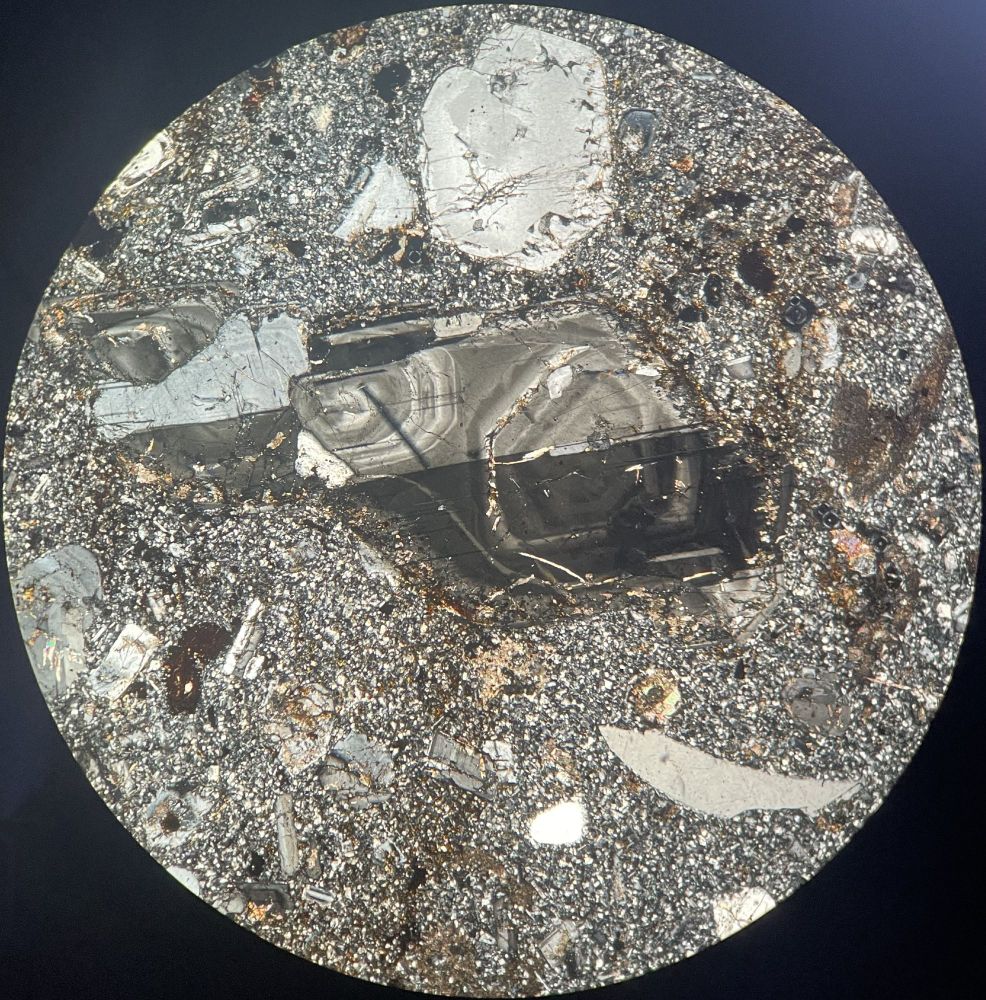Diego González
@geodgonzalez.bsky.social
900 followers
600 following
93 posts
Geologist, Humboldtian. Assistant Professor (PAD) at UCM, working in experimental petrology, geochemistry & volcanology. Diffusion & magma mixing. Raman spectroscopy. Amateur astronomer. 🇵🇸
🌍 Madrid, Spain.
💻 https://sites.google.com/view/geodgonzalez
Posts
Media
Videos
Starter Packs
Pinned
Diego González
@geodgonzalez.bsky.social
· Sep 20
Reposted by Diego González
Reposted by Diego González
Reposted by Diego González
Reposted by Diego González
Reposted by Diego González
Reposted by Diego González
Reposted by Diego González
Reposted by Diego González
Reposted by Diego González
Reposted by Diego González
rocío g.
@rociogfb.bsky.social
· Aug 11

Israel mata a cinco periodistas de Al Jazeera, entre ellos Anas al Sharif, en un bombardeo en Gaza
El reportero, uno de los rostros de la cobertura de la guerra, había sido señalado directamente en varias ocasiones por el ejército israelí, que confirmó su muerte argumentando que era miembro de Hamá...
elpais.com
Reposted by Diego González
Daniel Marín
@eurekablog.bsky.social
· Aug 10

Jim Lovell, el único humano que viajó dos veces a la Luna sin pisarla - Eureka
Otro veterano de las misiones Apolo nos deja. El pasado 7 de agosto falleció Jim Lovell, antiguo astronauta de la NASA, a la avanzada edad de 97 años. De entre […]
danielmarin.naukas.com
Reposted by Diego González
Reposted by Diego González
Reuters
@reuters.com
· Aug 8

OBITUARY Jim Lovell, commander of NASA's Apollo 13 moon mission, dies at 97
American astronaut Jim Lovell, commander of the failed 1970 mission to the moon that nearly ended in disaster but became an inspirational saga of survival and the basis for the hit movie "Apollo 13," has died at the age of 97, NASA said on Friday.
reut.rs
Reposted by Diego González
Reposted by Diego González
Reposted by Diego González
Reposted by Diego González
Reposted by Diego González
Reposted by Diego González
Reposted by Diego González
